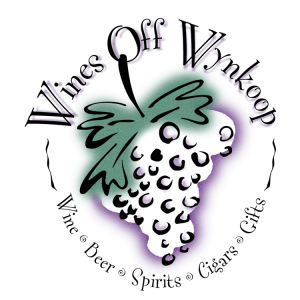Today, we’re excited to dive into the story and bottles of Blanton’s, one of our favorite distillers of bourbon. Produced in Kentucky, the bourbon capital of the world, Blanton’s is known for its Original Single Barrel, a citrus and oak-tasting bourbon with notes of vanilla. Blanton’s Original Single Barrel was once designated for ambassadors, dignitaries, and Colonel Blanton’s family and friends—but is now available to all. In this post, we’ll take a look at Blanton’s rich history and some of its other world-class bottles.
The Story of Blanton’s Single Barrel Bourbon
Blanton’s is the originator of Single Barrel Bourbon, which was first produced in 1984 by master distiller Elmer T. Lee. Elmer T. Lee recalled the earlier days of his career in the late 1940’s, when he worked under the president of the distillery, Colonel Albert B. Blanton. Colonel Blanton would handpick “honey barrels” from the center cut of Warehouse H and have that bourbon bottled one barrel at a time while he was entertaining dignitaries and other important guests. Calling on this tradition, Elmer T. Lee did the same and named this new bottle “Blanton’s Single Barrel”. He retired a year after its creation.
Many bourbon aficionados believe Blanton’s Single Barrel Bourbon revolutionized bourbon, creating the industry’s “super premium” category of bourbon with the world’s first single barrel bourbon. Today, most distilleries offer one or more single barrel bottlings, but Blanton’s was the first, (and one of the finest) single barrel bourbons on the market.
blanton’s bottles of bourbon
While Blanton’s is best known for its Single Barrel Bourbon, the distiller also has a few other bottles. Blanton’s Gold Edition is on par with the world’s finest whiskey, and was created for discerning bourbon aficionados who appreciate exceptional smoothness and complexity in their bourbon whiskey. This bottle has notes of oak, honey, rye, and tobacco. Blanton’s Gold Edition is only sold to select non-U.S. markets and some domestic duty-free stores.
Similar in taste profile, Blanton’s Straight From the Barrel has enormous depth of flavor only found in the rarest of spirits. This bourbon has notes of dark chocolate, caramel, and butter with earthy undertones of walnut and hazelnut. Its high alcohol content is powerful, yet inviting, creating flavors that make for a legendary bottle. Blanton’s Straight From the Barrel is also only available in select non-U.S. markets and some domestic duty-free stores.
Last, but certainly not least, Blanton’s Special Reserve is ideal for those who are new to single barrel bourbons. It has notes of vanilla and cedar, and its smooth consistency is ideal for mixing into a premium cocktail. Blanton’s Special Reserve is only available in select non-U.S. markets and some domestic duty-free stores.

Before we go, we’ll leave you with one final fun fact about Blanton’s: its bottle stoppers feature a horse and jockey in different strides resembling the stages of a horse race, from beginning to end, and spell out Blanton’s when the set has been completed. We’ll be pulling special bottles of Blanton’s Single Barrel bourbon onto the floor at Wines Off Wynkoop this holiday season. Come stop by and see which bottle stoppers you can spot!
Liked this post? Follow us on Instagram to learn more about your favorite wine, beer, and spirits.
